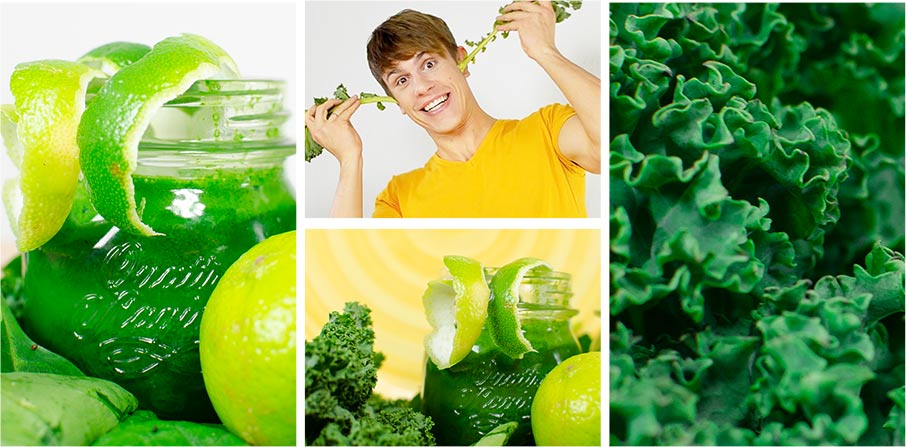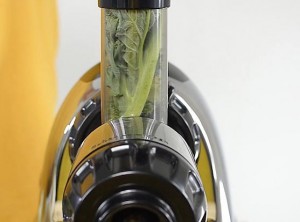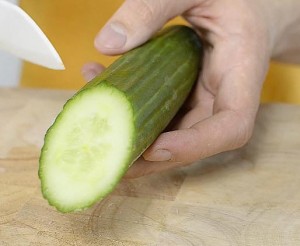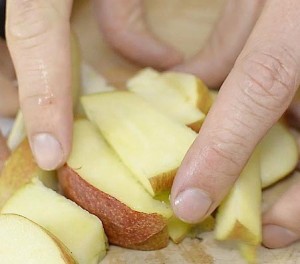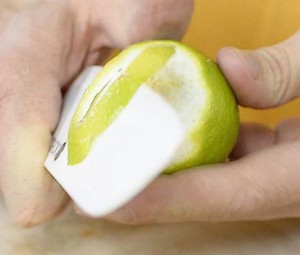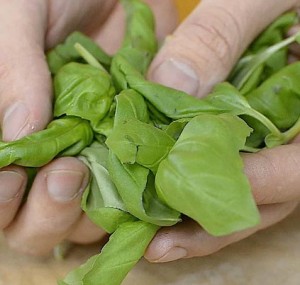The Juice
Ingredients
| For 16 oz / 450 ml | ||
| 4 | leaves | kale |
| 0.5 | cucumber | |
| 1 | apple | |
| 1 | lime (peeled) | |
| 1 | sprig | basil or parsley |
Directions
Wash your kale leaves thoroughly. Some juicers may require you to cut it into pieces. I added mine to my Omega just as is and it worked fine.
Cut the cucumber in half and put it into your juicer. If your juicer has a large enough mouth you don't need to cut it any further. The Omega 8006 requires a bit more work. You can absolutely use the whole cucumber if you like.
Peel the lime and make sure to leave a lot of the white on it - that's where all the beautiful nutrients are located and we want them all in our juice.
This Kale Juice Recipe Will Blow Your Mind
Boost your health and immune system

Why I Love This Juice
Everybody who first gets into juicing can’t wait to start juicing kale. And everybody is talking about it. Rightfully so. Kale is certainly among world’s healthiest foods. One cup of kale only has 36 calories but boasts 200% of your daily requirement for vitamin C, 180% of vitamin A and 40% of magnesium.
If you’re a hard core juicer you may drink shots of kale juice as is, but it’s not for me. While I don’t consume a lot of sugar I need to add a little bit of fruits to this juice. I simply love how my friends react to it because they cannot imagine how something so healthy can taste as good as this recipe.
The secret to this recipe is the sweetness provided by an apple or two. As a little kicker I like to add one lime to the mix. This gives the juice additional freshness and makes it stand out.
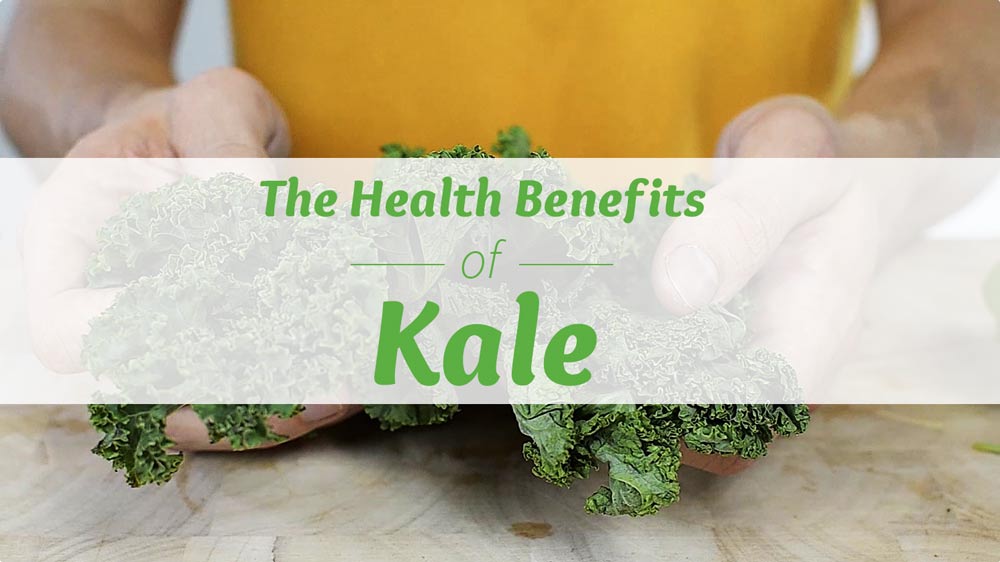
Health Benefits of Kale Juice
Kale is a cruciferous vegetable and part of the Brassica family. In the US you can get it typically all year. In Germany, where I live, it’s only available in Winter when the temperature falls below 0° celsius at night. So whenever kale season arrives I need to make the most out of it while it’s here.
As I already mentioned above, kale has an incredible vitamin profile. One of the vitamins I didn’t mention is vitamin K which recent research has shown is incredibly important for bone health, reducing inflammation, cognitive health and reduced risk for diabetes. The good news: a cup of fresh kale contains 215 micrograms of vitamin K. The only vegetables that have more vitamin K than kale are collard greens.
Many people find kale to taste bitter, especially in juices. The bitter taste comes from so called glucosinolates which acts as a natural pesticide to discourage herbivores. These glucisonolates are not harmful to your body. To the contrary: our body converts them to isothiocyanates which have been linked to all sorts of benefits such as reduced cancer risk (colon, bladder, lung and prostate).
Consuming kale on a regular basis has also shown to slow the decline of cognitive ability in people age 65 and older by about 40%.
